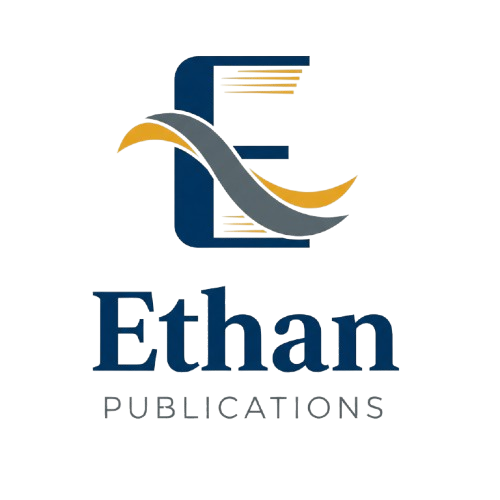A COMPARATIVE EVALUATION OF TELBS ROBUST REGRESSION
Authors: Jane Marie Carter, Michael Andrew Stevenson
Published: June 2024
Abstract
<p>Linear regression is a widely used statistical model for assessing the impact of explanatory variables on a response variable, with applications spanning across fields such as social sciences, environmental studies, and biomedical research. Conventionally, ordinary least squares (OLS) estimation has been the go-to method for regression analysis. However, the presence of outliers can significantly skew OLS parameter estimates. This paper delves into the intricacies of outliers, influential points, and leverage points in regression analysis, shedding light on their potential impact on parameter estimation. Outliers, whether in Y-space, X-space, or both, can distort the robustness of OLS estimations. Leverage points, often overlooked in standard residual plots, may exert substantial influence on regression coefficients. To address these challenges, a range of robust regression methods has been developed, including M estimation, MM estimation, LTS, S estimation, and the recently developed TELBS robust estimation. Section 2 provides an overview of these techniques. Robust regression approaches offer the means to estimate model parameters that either mitigate or exclude the influence of outliers, safeguarding against significant parameter distortions that OLS may encounter. Robust estimators are assessed in terms of breakdown point and asymptotic efficiency, crucial for evaluating the trade-off between robustness and data variability. While the application of robust regression has garnered traction in diverse fields, including sociology, political science, chemistry, and biology, its full adoption across all disciplines is an ongoing process.</p>
Full Text
No full text available
Cite this Article
References
- No references available.
